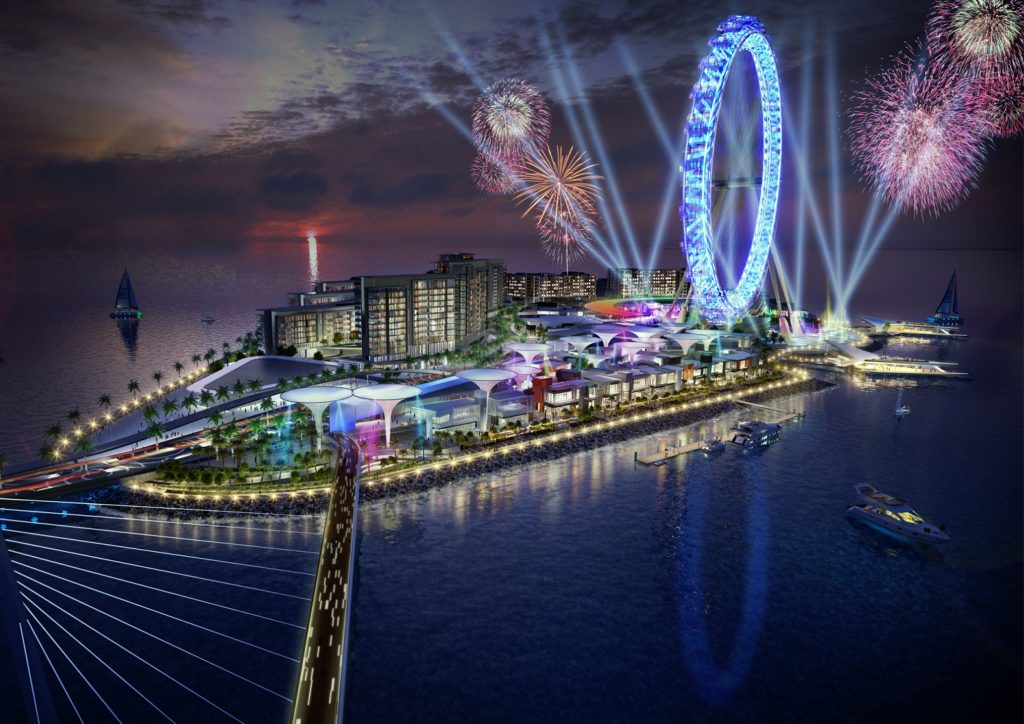Dutch technology firm 2getthere has won a contract to deliver a new automated vehicle system that will link Dubai’s Bluewaters Island with the citys metro.
The transport system will feature 25 driverless Group Rapid Transit (GRT) vehicles capable of carrying 24 passengers each, connecting stations on the island and Nakheel Harbour and Tower Metro Station 2.5 km away.
Initially the system will carry 3,350 people per hour per direction, with the possibility to increase to 5,000 people per hour per direction. Trip time will be approximately 4.5 minutes, said the company which is mplementing the project through its Middle East joint venture with United Technical Services.
On the new venture, 2getthere CEO Carel van Helsdingen said: “We believed from the start that our system and technology provided the best fit for the application. It is rewarding to be under contract. The award of the project clearly shows the increased interest in 2gettheres systems throughout the Middle East.
“This is based to a large extent on our excellent track record in Masdar City and Capelle aan den IJssel in the Netherlands, where we operate comparable systems with a high availability and reliability in harsh climate conditions,” he added.
Man-made Bluewaters Island is a landmark project being developed by Meraas Holding 500 metres off the Jumeirah Beach Residence (JBR) coastline. It will be home to Ain Dubai, which is set to be the worlds tallest and largest observation wheel.
The island, which will include residential, hospitality, retail and entertainment components, will be linked to the shore by a multi-modal transport system ensuring easy access to the island.
“The application is the first to feature a 2gettheres third generation GRT vehicle,” stated Ziad Al Askari, the COO of 2getthere Middle East and United Technical Services. This automated vehicle can serve in Automated People Mover applications as well as an autonomous transit system on public roads, integrating the necessary sensory technology.”
Van Helsdingen is convinced the automated vehicles will have a great appeal and will encourage more people to visit Bluewaters by public transit.
The Blue Waters application demonstrates the capability of 2gettheres systems to provide significant capacities, making them a financially attractive alternative for the expensive, traditional rail-guided APM systems at airports and campuses,” explained Van Helsdingen.
“Basically we are applying Level 4 autonomous vehicles on a dedicated track to provide a high capacity and throughput. We are working on introducing these vehicles in mixed traffic, similar to the extension of the Rivium application in the city of Capelle aan den IJssel (the Netherlands) just announced two weeks ago,” he added.




